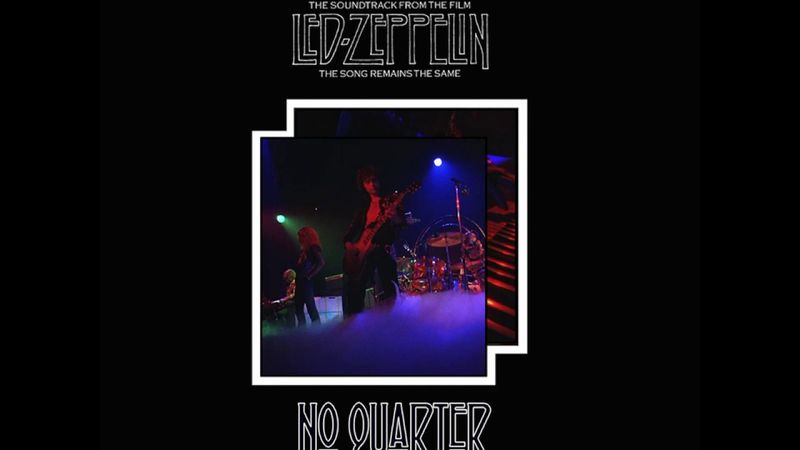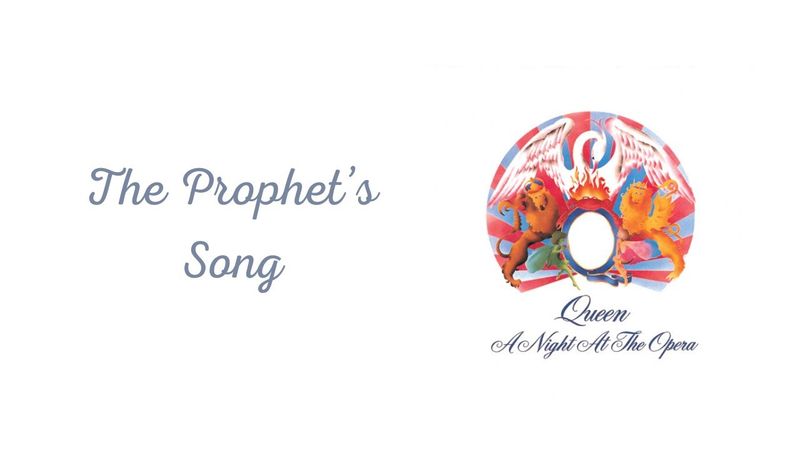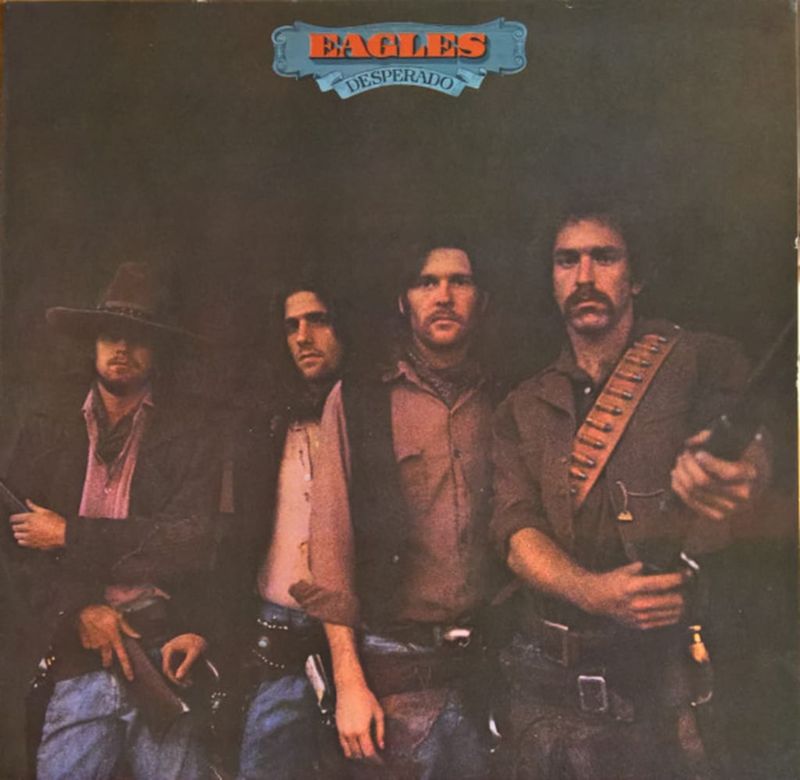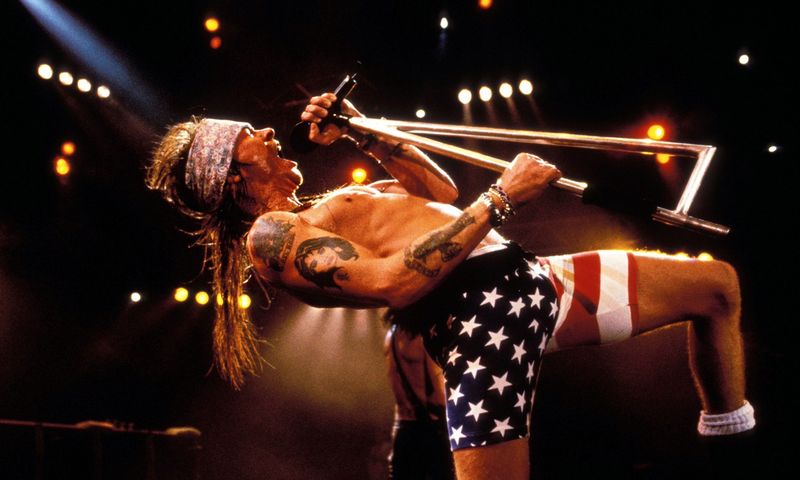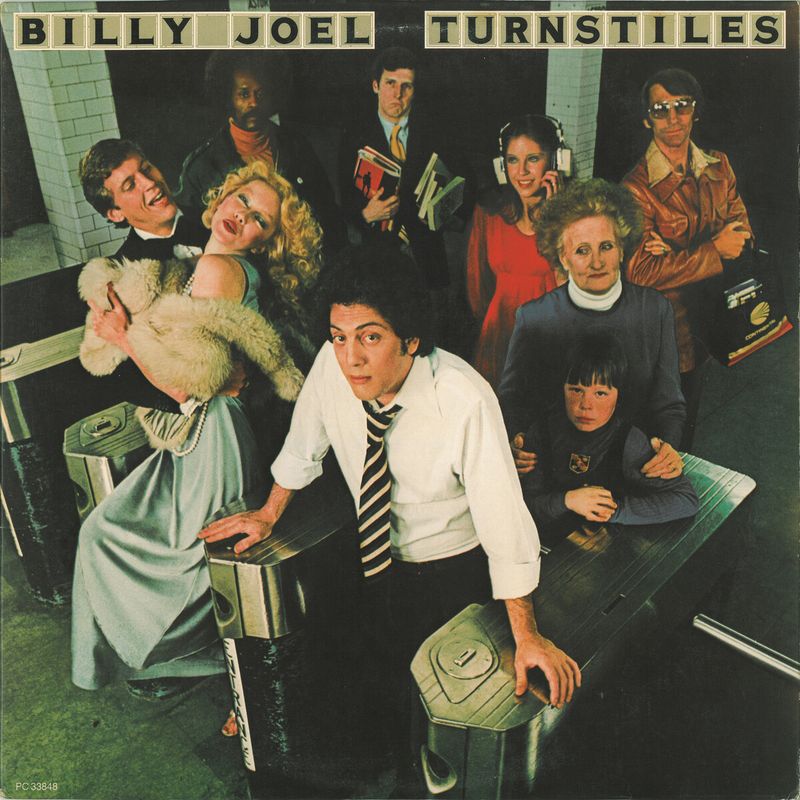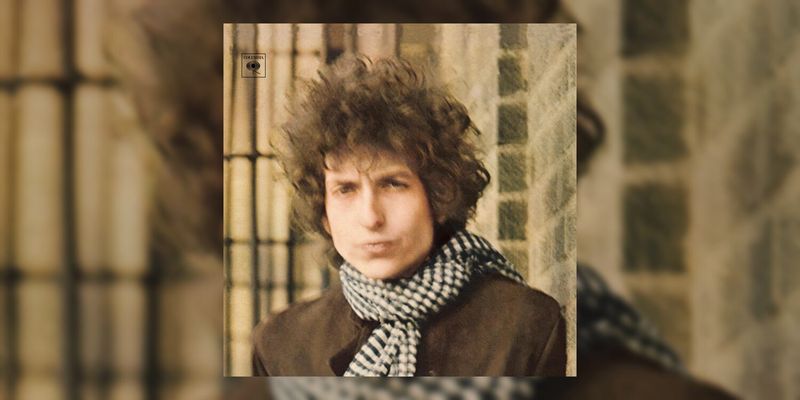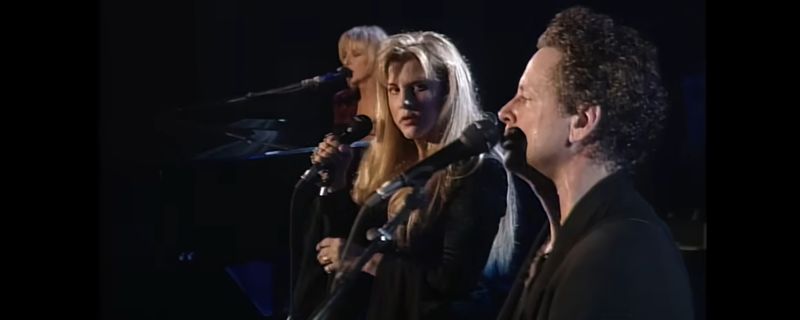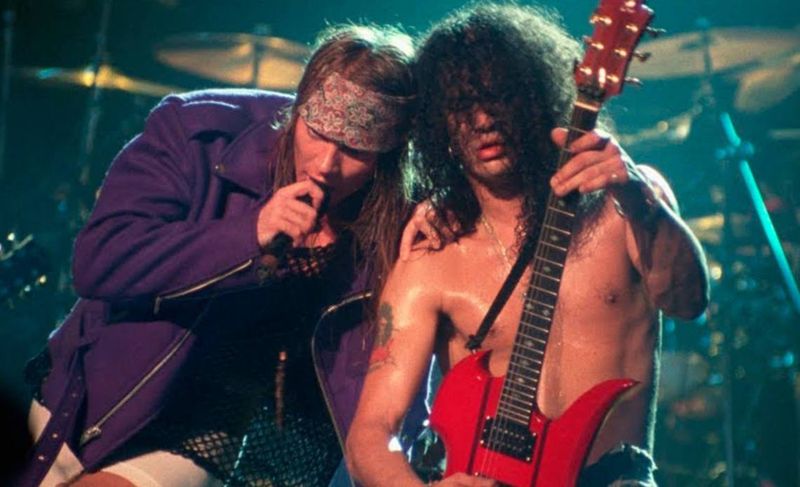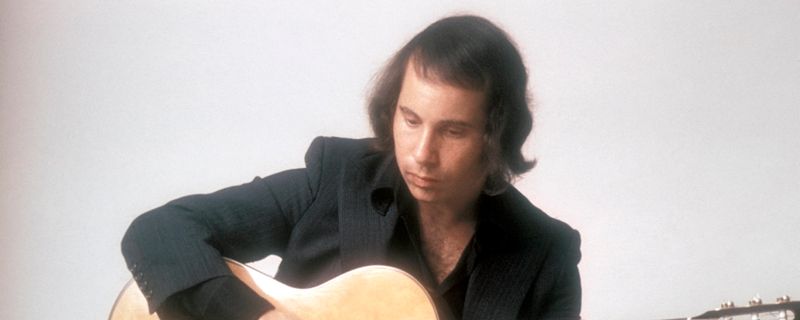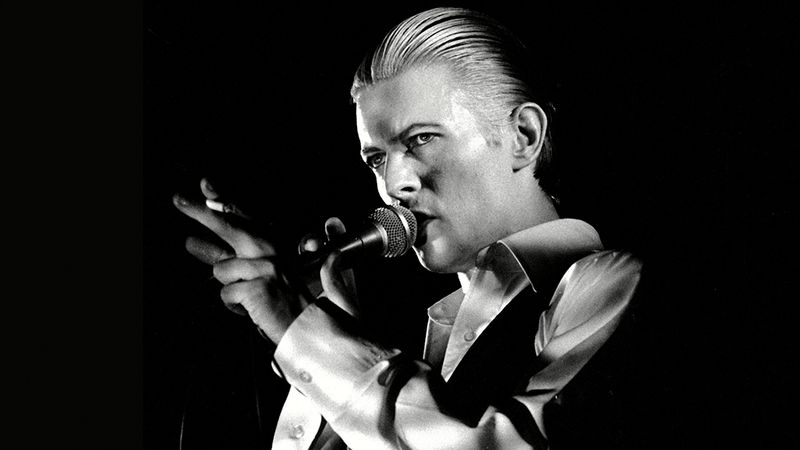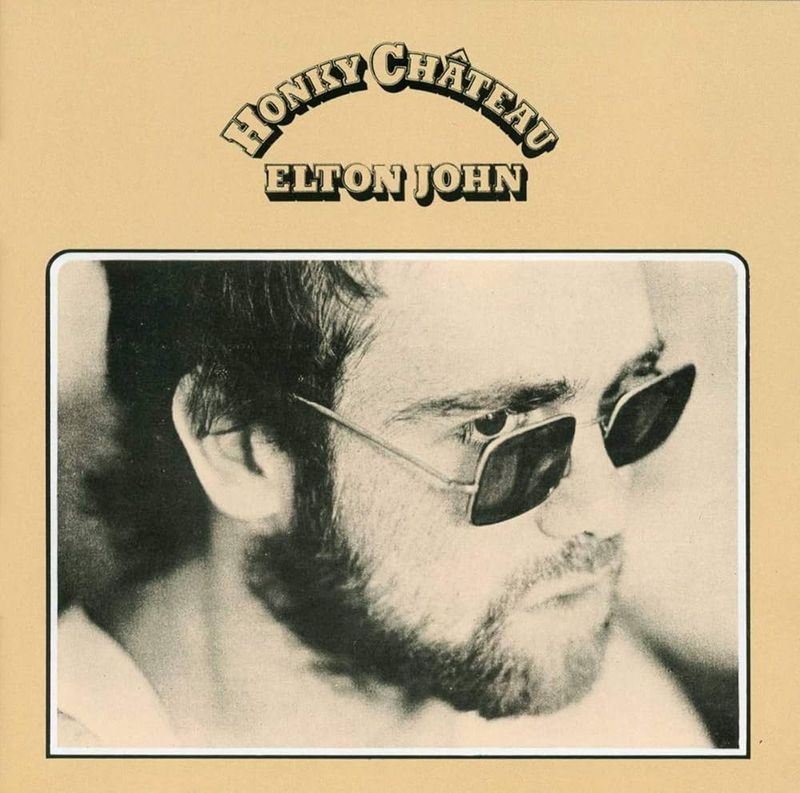We’ve all been there – hearing the same classic songs played on repeat until they lose their magic. While timeless hits deserve their fame, countless incredible tracks have fallen through the cracks of music history. These forgotten gems offer fresh sounds and emotional connections that might surprise you. Ready to refresh your playlist with something different?
1. No Quarter by Led Zeppelin
While everyone knows the iconic eight-minute epic, this haunting track from “Houses of the Holy” showcases Zeppelin’s experimental side. John Paul Jones’ eerie keyboard work creates an atmospheric landscape unlike anything else in their catalog.
Robert Plant’s vocals echo through a mysterious fog of sound effects, while Jimmy Page delivers some of his most restrained yet emotional guitar work. The song builds slowly, rewarding patient listeners with a journey through changing tempos and moods.
Many Zeppelin fans consider this their hidden masterpiece, offering the band’s signature power but with added mysticism and sonic exploration.
2. Tuesday’s Gone by Lynyrd Skynyrd
Everyone recognizes those opening guitar licks of Skynyrd’s overplayed anthem, but “Tuesday’s Gone” reveals the band’s soulful depth. This nine-minute southern rock ballad flows like a lazy river, carrying listeners through moments of reflection and release.
Ronnie Van Zant’s voice carries a vulnerable honesty rarely heard in their more famous tracks. The gentle piano and slide guitar weave together, creating a tapestry of sound that feels both melancholy and hopeful.
Released on their 1973 debut album, this track demonstrates why Skynyrd was so much more than just a rowdy southern rock band.
3. The Prophet’s Song by Queen
Freddie Mercury’s voice creates pure magic in this overlooked epic from “A Night at the Opera.” At over eight minutes long, it’s actually longer than the more famous track from the same album. The song builds from a gentle beginning into a powerful rock adventure.
The middle section features an incredible vocal canon where Mercury’s voice echoes and overlaps with itself – all done without modern digital tricks! Brian May wrote this song after having a dream about a great flood, giving it a mythical, almost biblical quality.
The complex harmonies and changing tempos showcase Queen’s incredible musical range in ways even “Bohemian Rhapsody” doesn’t reach.
4. Certain Kind of Fool by the Eagles
Everyone knows that famous guitar intro and mysterious lyrics about a hotel you can never leave. But “Certain Kind of Fool” from the same album delivers the Eagles’ signature country-rock sound with a more intimate storytelling approach.
Randy Meisner takes the lead vocals, singing about a small-town boy seeking fame and fortune. The harmonies during the chorus showcase the band’s perfect vocal blend while maintaining a rawer edge than their bigger hits.
The song’s straightforward structure highlights the band’s songwriting skills without the production grandeur of their more famous tracks, letting the emotion and musicianship shine through.
5. Coma by Guns N’ Roses
Axl Rose screams with raw emotion throughout this 10-minute monster from “Use Your Illusion I.” Unlike their radio-friendly hits, “Coma” takes listeners on a disturbing journey through a near-death experience with no traditional chorus or verse structure.
Slash delivers some of his most experimental guitar work, while the band shifts through multiple tempo changes and moody atmospherics. You can hear actual hospital sounds – heart monitors, defibrillators, and doctor’s voices – woven throughout the track.
Written after Slash actually overdosed and temporarily flatlined, the song carries an authenticity and darkness that their polished hits can’t match.
6. Summer, Highland Falls by Billy Joel
Everyone knows Billy Joel’s bartender anthem, but this thoughtful track from “Turnstiles” reveals his exceptional storytelling and piano skills in a more nuanced package. Joel examines the extremes of human emotion – “either sadness or euphoria” – with lyrics that feel like poetry set to music.
The piano work ripples and flows, creating a feeling of both urgency and contemplation. Joel himself has mentioned this as one of his personal favorites, noting its emotional honesty.
The song captures a specific time and place while speaking to universal feelings, showing why Joel deserves recognition beyond his radio hits.
7. Visions of Johanna by Bob Dylan
Dylan’s sneering anthem made history, but “Visions of Johanna” reveals his poetic genius at its most mysterious and evocative. Recorded during the legendary “Blonde on Blonde” sessions, this song creates a dreamlike atmosphere where reality and imagination blur together.
The lyrics paint vivid scenes in a nighttime world where “the ghost of electricity howls in the bones of her face.” Dylan’s voice carries both tenderness and urgency as he describes longing for an absent figure named Johanna.
Many critics consider this Dylan’s finest achievement – a perfect marriage of surreal imagery, emotional truth, and musical subtlety that rewards countless listens.
8. Silver Springs by Fleetwood Mac
Stevie Nicks poured her heartbreak over Lindsey Buckingham into this track that was originally left off “Rumours.” The raw emotion in her voice builds throughout the song, culminating in the haunting refrain: “You’ll never get away from the sound of the woman that loves you.”
The band’s performance perfectly captures the tension between beauty and pain. Christine McVie’s keyboard work adds atmospheric depth while Buckingham’s guitar responds to Nicks’ accusations with its own voice.
Only released as a B-side initially, this song finally got its due when performed during their 1997 reunion, proving its power as one of their greatest emotional achievements.
9. Rain by The Beatles
Released as the B-side to “Paperback Writer” in 1966, “Rain” represents The Beatles at their most sonically innovative. The band recorded the basic track at a faster tempo, then slowed the tape down for a dreamy, psychedelic effect that was revolutionary for its time.
Ringo Starr delivers what many consider his finest drumming performance, while John Lennon’s vocals were partially recorded backwards for the song’s outro. The lyrics, though simple, offer a meditation on how people’s perceptions are affected by their moods.
This track pointed toward the experimental direction they would take with later albums, making it a fascinating missing link in their evolution.
10. Secret Journey by The Police
The Police’s stalker anthem gets all the attention, but this mystical track from their final album “Ghost in the Machine” showcases their musical chemistry in unexpected ways. Sting’s lyrics describe a spiritual awakening with references to Eastern philosophy that reflect his growing interest in deeper themes.
Andy Summers’ guitar work shimmers with effects while Stewart Copeland’s distinctive drumming drives the song forward with controlled energy. The chorus opens up into a moment of clarity and release that captures the transcendent experience described in the lyrics.
This overlooked gem demonstrates how the band could blend pop accessibility with artistic ambition right before their breakup.
11. Aneurysm by Nirvana
Kurt Cobain’s tortured howl “Come on over and do the twist” opens this non-album track with an intensity that even their breakthrough hit can’t match. Originally recorded for BBC sessions and later released on the “Incesticide” compilation, this song captures the raw energy of Nirvana’s live performances.
Krist Novoselic’s bass line propels the verse with nervous energy before the chorus explodes with Cobain’s screams. Dave Grohl’s thunderous drumming demonstrates why he’s considered one of rock’s greatest drummers.
The lyrics hint at Cobain’s struggles with addiction and relationships, delivered with a vulnerability and fury that cuts deeper than their more radio-friendly material.
12. Estranged by Guns N’ Roses
Axl Rose’s piano introduces this emotional epic from “Use Your Illusion II” – the final part of a trilogy that includes the more famous “November Rain.” At nearly 10 minutes long, the song takes listeners through multiple musical movements that reflect Rose’s mental state during a difficult period.
Slash delivers some of his most melodic and expressive guitar solos, particularly during the song’s climactic moments. The orchestral arrangements add grandeur without overwhelming the band’s performance.
Written during Rose’s divorce and breakdown, the lyrics explore themes of isolation and loss with surprising vulnerability from a band known for their swagger and aggression.
13. Slip Slidin’ Away by Paul Simon
Released during Paul Simon’s solo career between Simon & Garfunkel and his Graceland breakthrough, this 1977 gem often gets overlooked. The song’s gentle melody carries profound observations about life’s disappointments and missed opportunities.
Simon’s signature storytelling shines as he introduces characters in brief vignettes – a father who can’t express love to his son, a woman abandoning her dreams. The chorus delivers the philosophical punch: “The nearer your destination, the more you’re slip slidin’ away.”
The production features the perfect balance of folk intimacy and pop accessibility, with backing vocals that lift the chorus into something truly special.
14. I’m Looking Through You by The Beatles
From “Rubber Soul,” this McCartney-penned track captures relationship frustration with a catchy melody and innovative production. The song’s bouncy rhythm contrasts with its pointed lyrics about seeing through someone’s façade: “You’re not the same, you’re not the same!”
The false starts and studio chatter left in the final mix add character and spontaneity. George Harrison’s guitar work provides subtle texture while Ringo’s percussion includes innovative use of matchboxes for additional rhythm.
Written about McCartney’s deteriorating relationship with Jane Asher, the song demonstrates how The Beatles could transform personal experiences into universally relatable pop songs without resorting to clichés.
15. Station to Station by David Bowie
The title track from Bowie’s 1976 album begins with the sound of a train before launching into a 10-minute journey through multiple musical landscapes. Created during Bowie’s “Thin White Duke” period, the song shifts dramatically from a mechanical opening section to a soulful, almost disco-influenced second half.
Bowie’s vocals transform throughout – cold and distant at first, then passionate and soulful. The lyrics mix occult references with themes of identity and transformation that reflected his own artistic evolution.
The band’s performance is impeccable, particularly guitarist Earl Slick’s work and Roy Bittan’s piano contributions borrowed from Bruce Springsteen’s E Street Band.
16. Desolation Row by Bob Dylan
Dylan’s 11-minute epic closes his 1965 album “Highway 61 Revisited” with a surreal parade of characters and literary references. Accompanied only by acoustic guitar and harmonica, Dylan creates a carnival-like atmosphere populated by figures from history, literature, and the Bible.
The lyrics present a dreamlike vision of modern society in decay, with references to Einstein, Cinderella, the Phantom of the Opera, and dozens more. Each verse builds upon this strange world where nothing is quite as it seems.
Many critics consider this Dylan’s most ambitious lyrical achievement – a modernist poem set to music that rewards repeated listening and continues to reveal new meanings decades later.
17. Mona Lisas and Mad Hatters by Elton John
Bernie Taupin wrote these lyrics after being frightened by gunshots in New York City, creating one of Elton’s most emotionally resonant songs. From the 1972 album “Honky Château,” this track strips away much of Elton’s usual production grandeur for a more intimate approach.
The mandolin and acoustic guitar create a warm backdrop for Elton’s heartfelt vocal performance. The lyrics balance disillusionment with hope, finding beauty in New York’s gritty reality: “And now I know, Spanish Harlem are not just pretty words to say.”
Elton himself has cited this as one of his personal favorites, a song that captures a specific moment while feeling timelessly relevant.
18. Echoes by Pink Floyd
Taking up an entire side of their 1971 album “Meddle,” this 23-minute journey represents Pink Floyd finding their signature sound before “Dark Side of the Moon.” The song begins with a single “ping” created by Richard Wright’s piano fed through a Leslie speaker, creating the sonar-like effect that inspired the title.
The middle section features some of David Gilmour’s most expressive guitar work, creating whale-like calls that echo through an underwater soundscape. Roger Waters’ lyrics explore themes of human connection and communication across vast distances.
This ambitious composition showed what rock music could achieve when freed from commercial constraints, influencing generations of progressive and psychedelic musicians.

